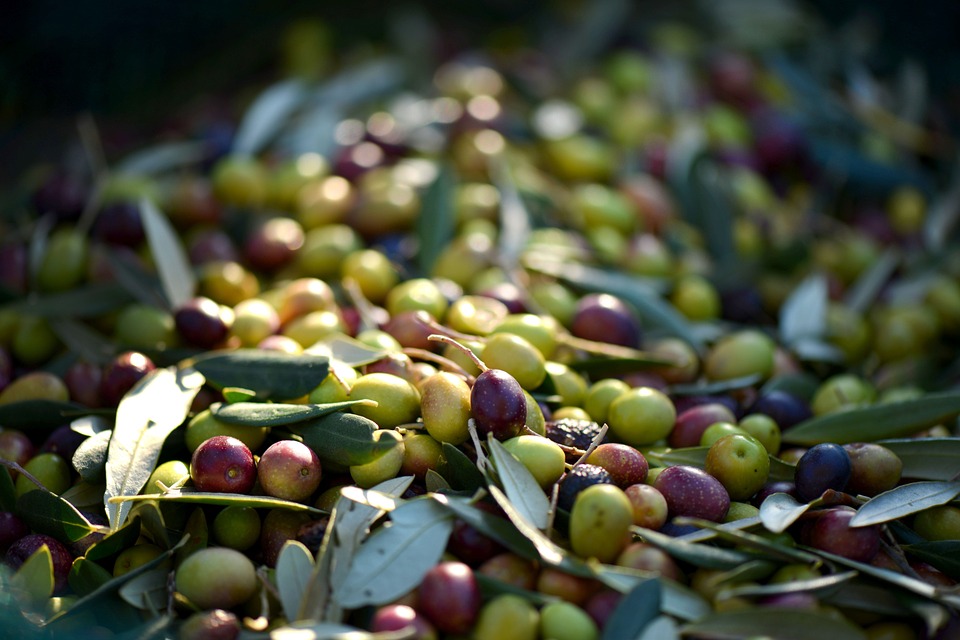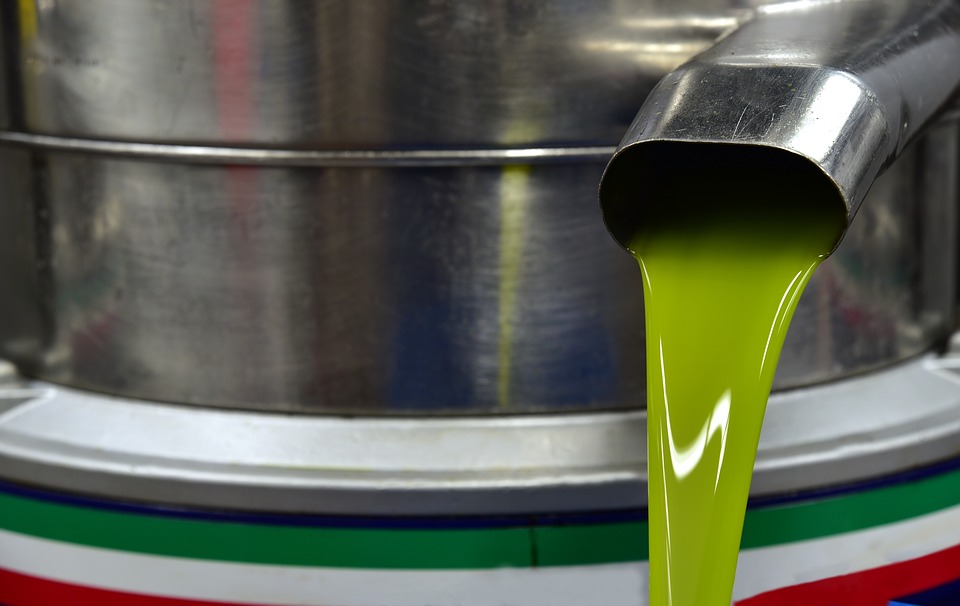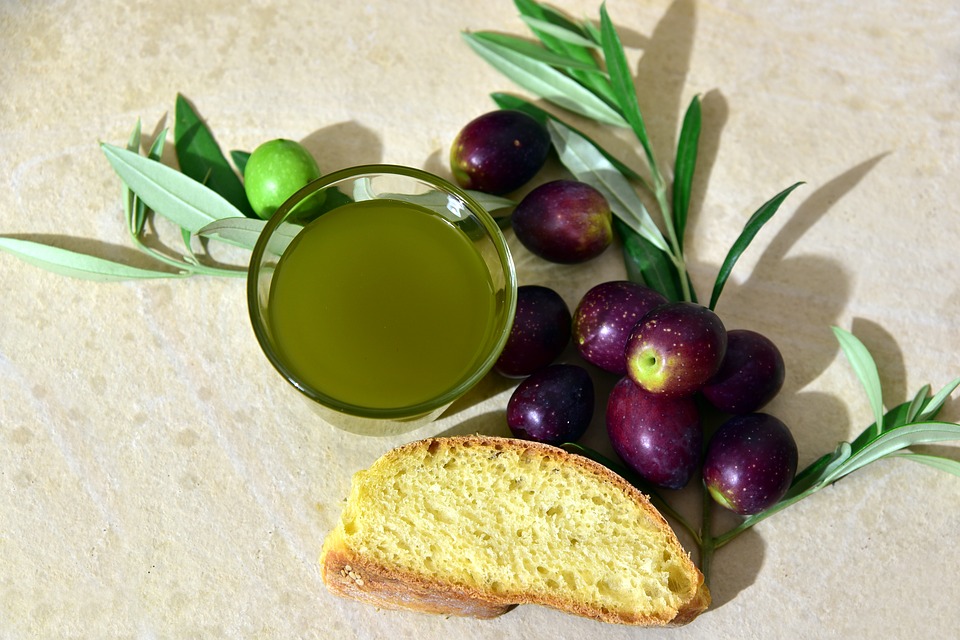Blog, KNOWING & APPRECIATING
How to make a good extra virgin olive oil: harvesting, extraction and storage of oil

Our Oleificio produces high quality Canino extra virgin olive oil. Much of the merits that this product has are recognized by connoisseur consumers and experts.
To obtain an excellent quality of extra virgin olive oil you need to follow these simple rules:
3 RULES FOR OBTAINING A QUALITY OIL
- The olives should be picked directly from the tree and not from the ground, because picking them from the ground would result in an oil of very poor quality and very acidic (learn more about olive harvesting).
- Harvesting takes place with shakers, which are now favored over manual methods for time and energy savings; attention must be paid to the timing of the olives’ ripening.
- Harvested olives should be placed inside ventilated boxes, then carefully transported to oil mills, where they are ground and crushed within the day or preferably within 6 hours of harvesting.
To learn more read our article on how to recognize a quality oil.
Before milling, the olives undergo washing, defoliation and hulling.

THE 3 STAGES OF OIL EXTRACTION
Oil extraction occurs in three stages:
- Crushing: a traditional crushing is with stone grinders that lightens the phenolic charge of bitter-spicy; by more modern means, however, a better result is obtained in the case of sweeter varieties.
- Gramolatura: This is used to facilitate the separation of water and oil by a slow heating development of the oil paste, and this development is called “thermo-conditioning.”
- Pressing: Extraction occurs when the pomace or solid part, has been separated from the liquid part.
PRESERVATION OF EXTRA VIRGIN OLIVE OIL
Oil storage is the final stage. If the oil is in too much contact with air, it can increase sourness. A well stored extra virgin oil stands at a constant temperature of not more than 14-18 degrees. Before final packaging it must be filtered to remove any remaining deposits and it must be kept in storage, away from heat sources, reduce contact with metals and lower the air volume as much as possible.

EXTRA VIRGIN OIL TASTING
Oil tasting is a very important moment, because through this activity one is able to recognize a quality product from a poor one. Through the senses ,one is able to pick up the aromas and colors. At one time the acidity of the oil together with other criterias of judgment, allowed to determine its quality: today it is a parameter of secondary importance. Oil tasting is still the most effective method of assessing the real quality of the product, because with machinery there are organoleptic defects to be declined, that is, those defects affecting aroma, taste and color.

